This pub takes its name from its location on the New Cross Turnpike. This was one of the many private roads, built in the late 17th and 18th century, which charged a toll to their users.
A plaque documenting the history of The New Cross Turnpike.
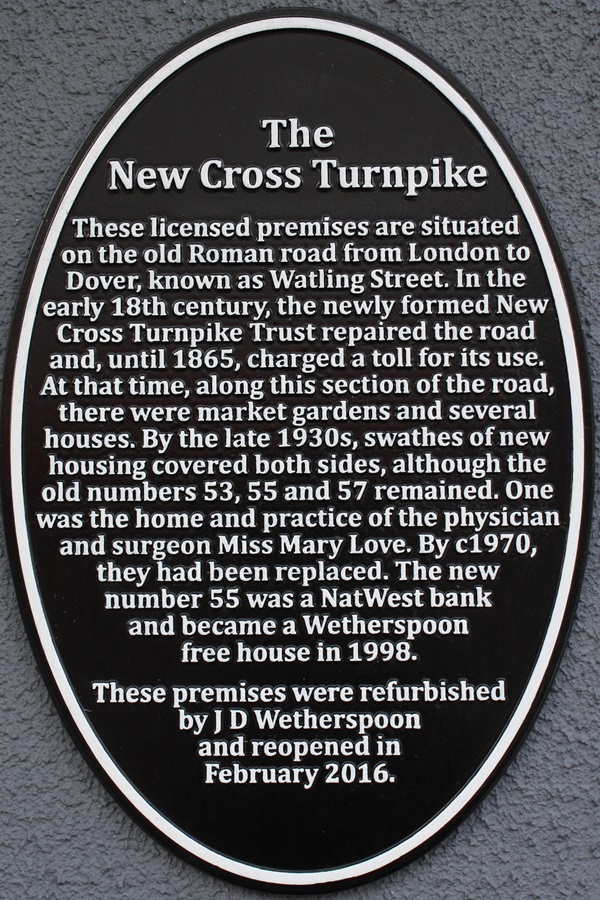
The plaque reads: Theses licensed premises are situated on the Roman road London to Dover, known as Watling Street. In the early 18th century, the newly formed New Cross Turnpike Trust repaired the road and, until 1865, charged a toll for its use. At that time, along this section of the road, there were market gardens and several houses. By the late 1930s, swathes of new housing covered both sides, although the old numbers 53, 55 and 57 remains. One was the home and practice of the physician and surgeon Miss Mary Love. By 1970, they had been replaced. The new number 55 was a NatWest bank and became a Wetherspoon free house in 1998.
These premises were refurbished by JD Wetherspoon and reopened in February 2016.
A map of the Dover Road from Welling to Bexleyheath in 1895.
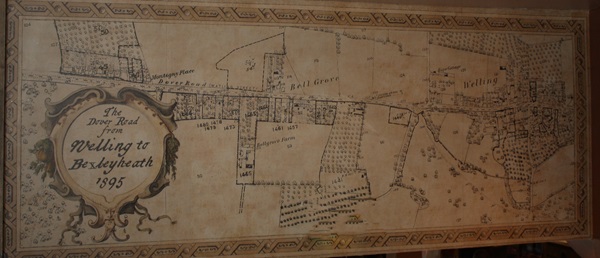
Andrews, Dury and Herbert’s map of Kent, 1769, showing the Old Roman Road through Welling.
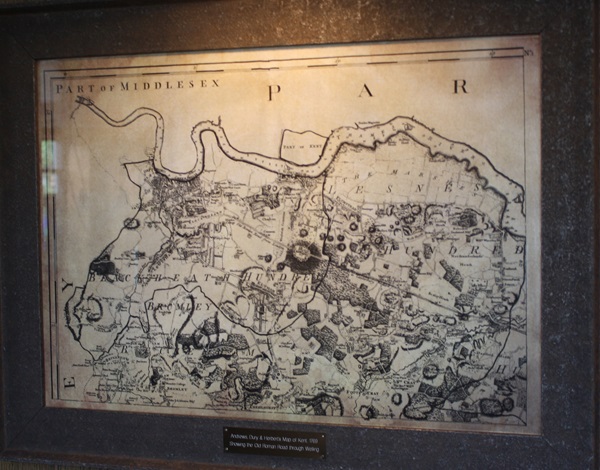
A print and text about King Henry V.
The text reads: King Henry V
9 August 1387 – 31 August 1422
A print taken from an original oil by an unknown artist dating from the late 16th- early 17th century.
Henry was crowned King of England following his father’s death in 1413. Henry assumed control of the country and in 1415, he set sail for France. Henry was determined to regain the lands in France held by his ancestors and laid claim to the French throne. He captured the port of Harfleur and on 25 October 1415 defeated the French at the Battle of Agincourt, known as St Crispin’s Day.
In February 1421, Henry returned to England for the first time in three and a half years and he, his wife Catherine and his triumphant army passed through Welling on their royal progress around the country.
In June 1421 Henry returned to France and died suddenly on 31 August 1422.
A drawing of Henry V receiving a herald from the King of France at the Battle of Agincourt.
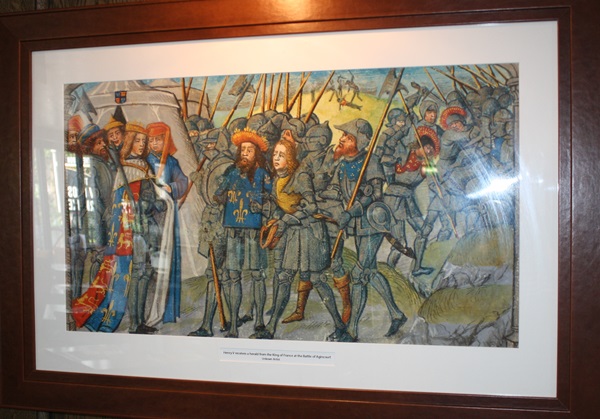
A print and text about William Morris.
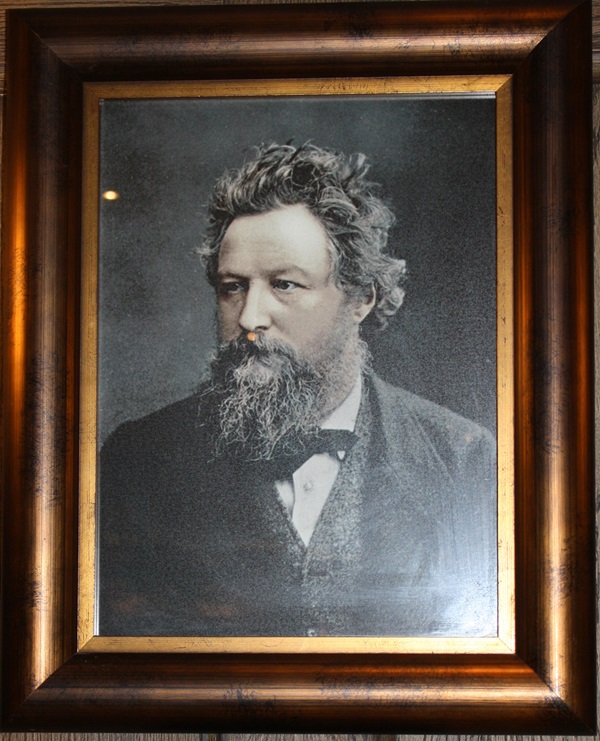
The text reads: William Morris was an English textiles designer and one of the leaders of the British Arts and Crafts Movement, influencing an incredible variety of art forms.
Together with his wife, he moved to Aberleigh Lodge, near Bexleyheath, to await the building of their new home designed by friend and architect Phillip Heath. This house would become known as ‘Red House’, and is situated just a mile away from The Newcross Turnpike.
It was after the completion of the Red House and the designing of the interior that Morris was inspired to set up business. Morris, Marshall, Faulkner & Co. was established and renamed Morris & Company in 1875.
On display here is a drawing of the well at Red House, alongside one of Morris’ working drawings, ‘Anemone’, a pattern for silk and wall curtain material, 1827.
A drawing and text about the details of the Well at Red House, 1859.
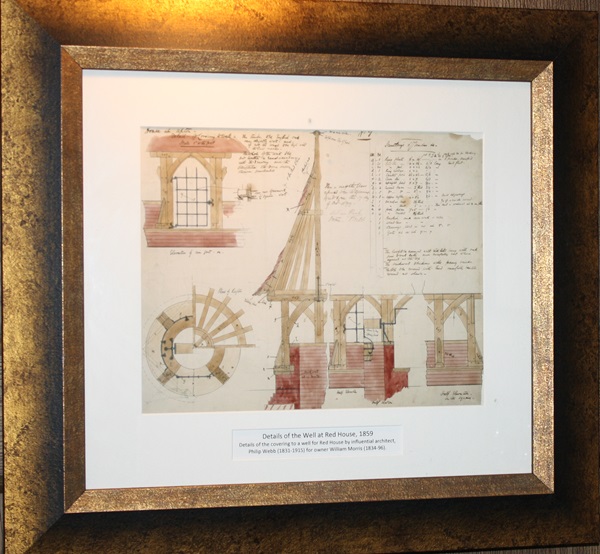
The text reads: Details of the covering to a well for Red House by influential architect, Phillip Webb (1831-1915) for owner William Morris (1834-96).
A drawing entitled Urgent by Lane Thackeray, 1903.
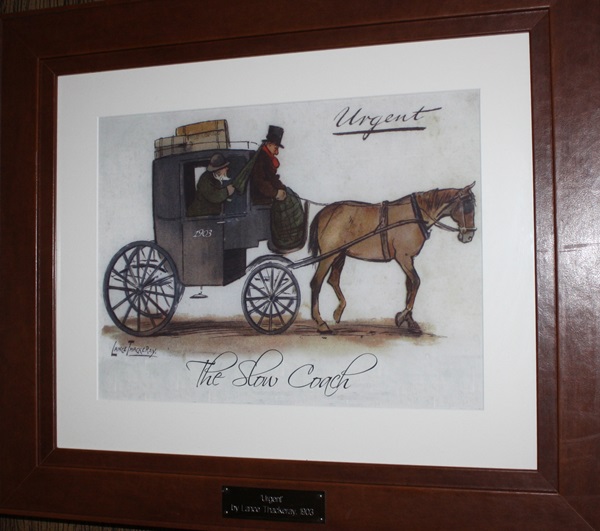
A drawing of coaching in the 19th century.
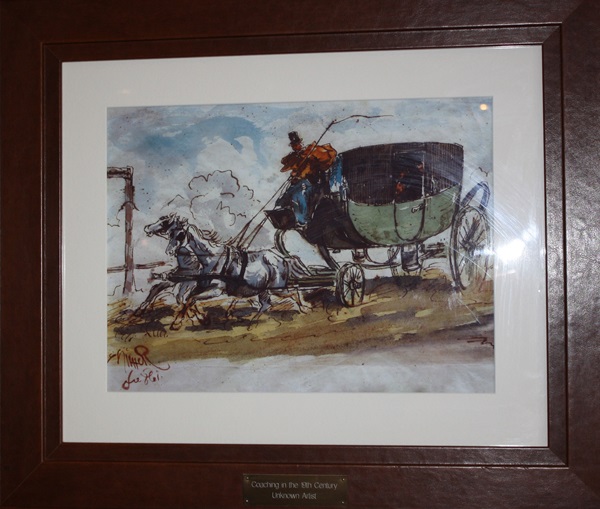
A photograph of Belle Grove, looking towards Shooter’s Hill, 1913.
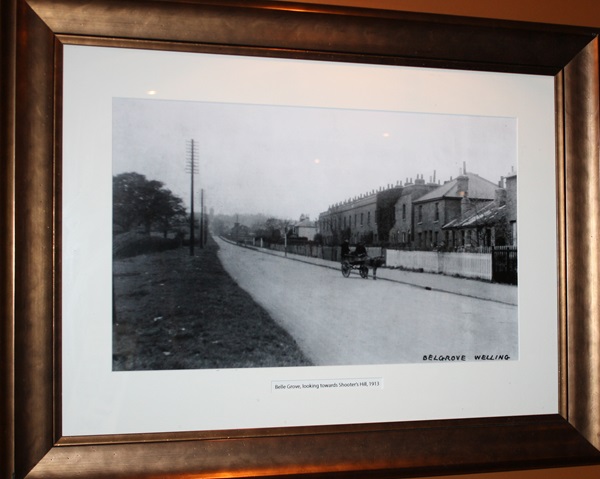
A drawing of Seven Droog Castle, Shooter’s Hill.
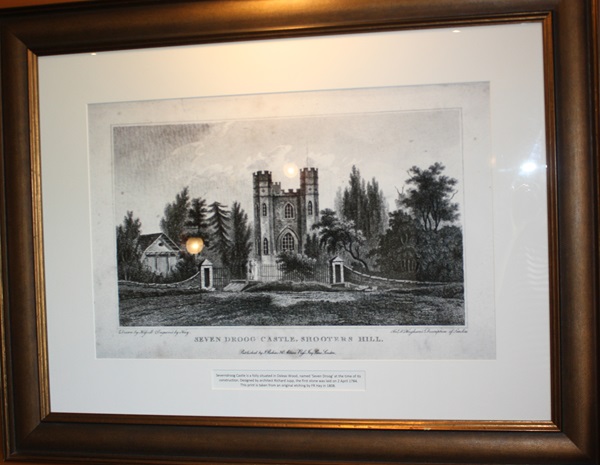
The text reads: Severndroog Castle is a folly situated Oxleas Wood, named ‘Seven Droog’ at the time of its construction. Designed by architect Richard Jupp, the first stone was laid on 2 April 1784. This print is taken from an original etching by FR Hay in 1808.
A photograph and text about The Red House, Bexley.
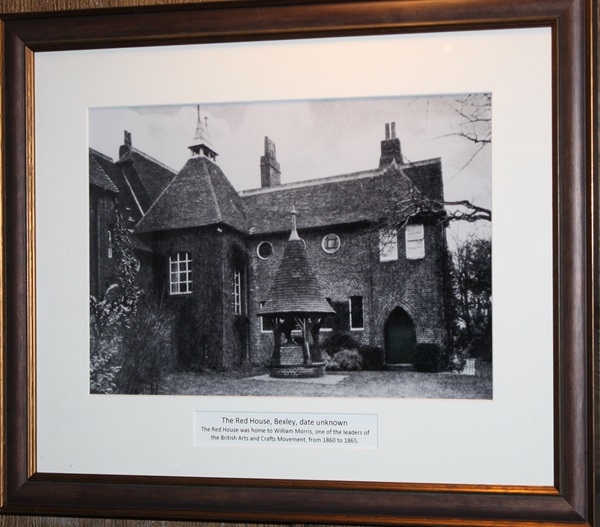
The text reads: The Red House was home to William Morris, one of the leaders of the British Arts and Crafts movement, from 1860 to 1865, from 1860 to 1865.
A photograph of Bellgrove Road, Welling 1896.
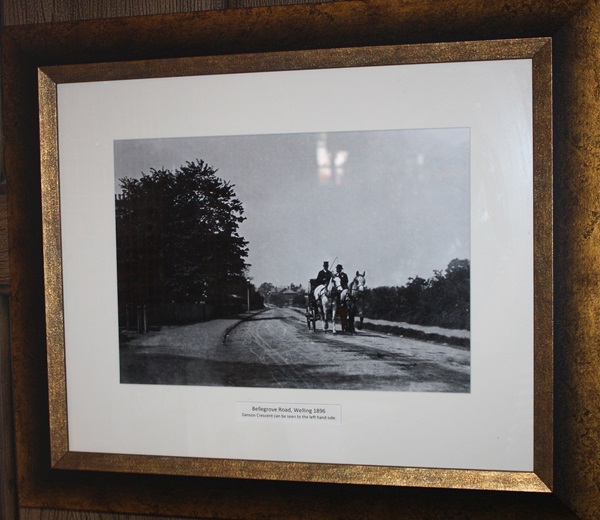
A photograph and text about The Mansion, Bexleyheath.
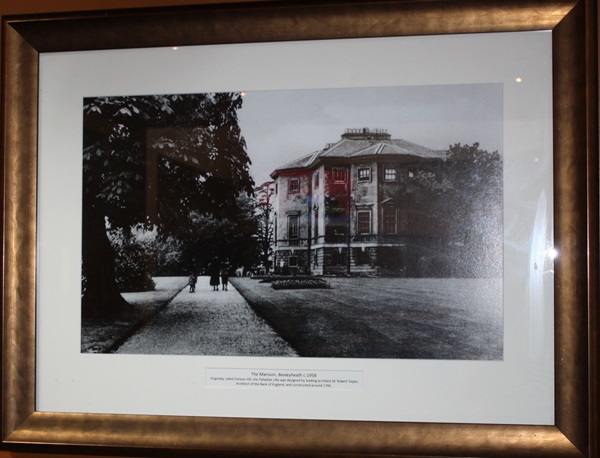
The text reads: Originally called Danson Hill, the Palladian villa was designed by leading architect sir Robert Taylor, Architect of the Bank of England, and constructed around 1766.
A photograph and text about the lake at Danson Park.
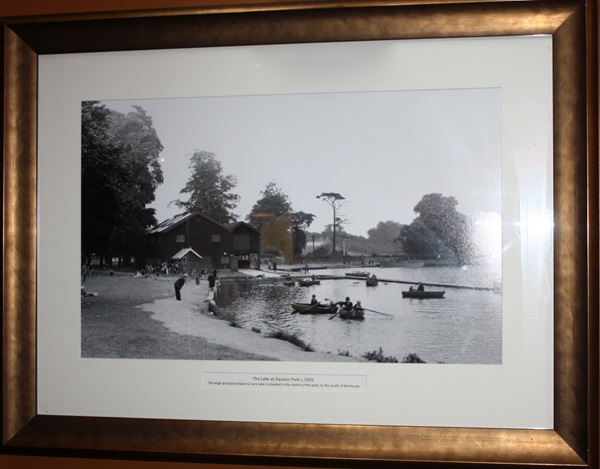
The text reads: The large and picturesque 12 acre lake is situated in the centre of the park, to the south of the house.
A print entitled Stables at Danson Park Mansion 1972 by J J Skudder.
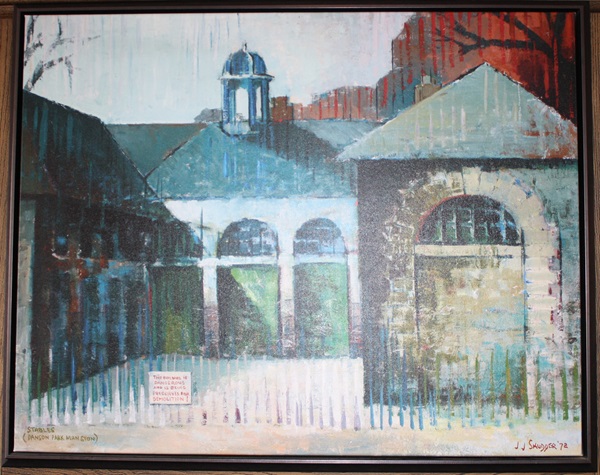
The text reads: This print is taken from the original oil painting by J J Skudder, purchased by J.D Wetherspoon with permission from Bexley Heritage trust, Bexley Museum Collection.
The earliest written reference to the Danson estates is in an Archbishop‘s survey of 1284AD where seven tenants of the Archbishop are described as holding seventeen acres of land at “Densynton”.
Originally called Danson Hill, the Palladian villa was designed by leading architect Sir Robert Taylor, Architect of the Bank of England, and constructed c1766 for sugar merchant and vice-chairman of the British East India Company, Sir John Boyd.
Danson Mansion is a Grade I listed building and stands in 200 acres of parkland, making it the largest public park in the London Borough of Bexley. Bexley council bought the mansion and parkland for £15,000 in 1924 and spent another £3,500 converting the park which opened for public use in 1925.
External photograph of the building – main entrance.
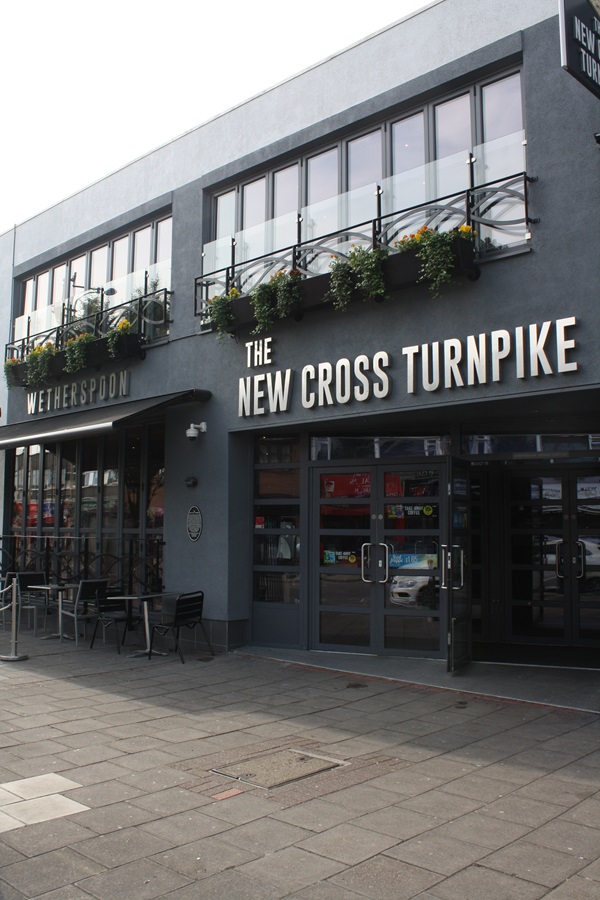
If you have information on the history of this pub, then we’d like you to share it with us. Please e-mail all information to: pubhistories@jdwetherspoon.co.uk